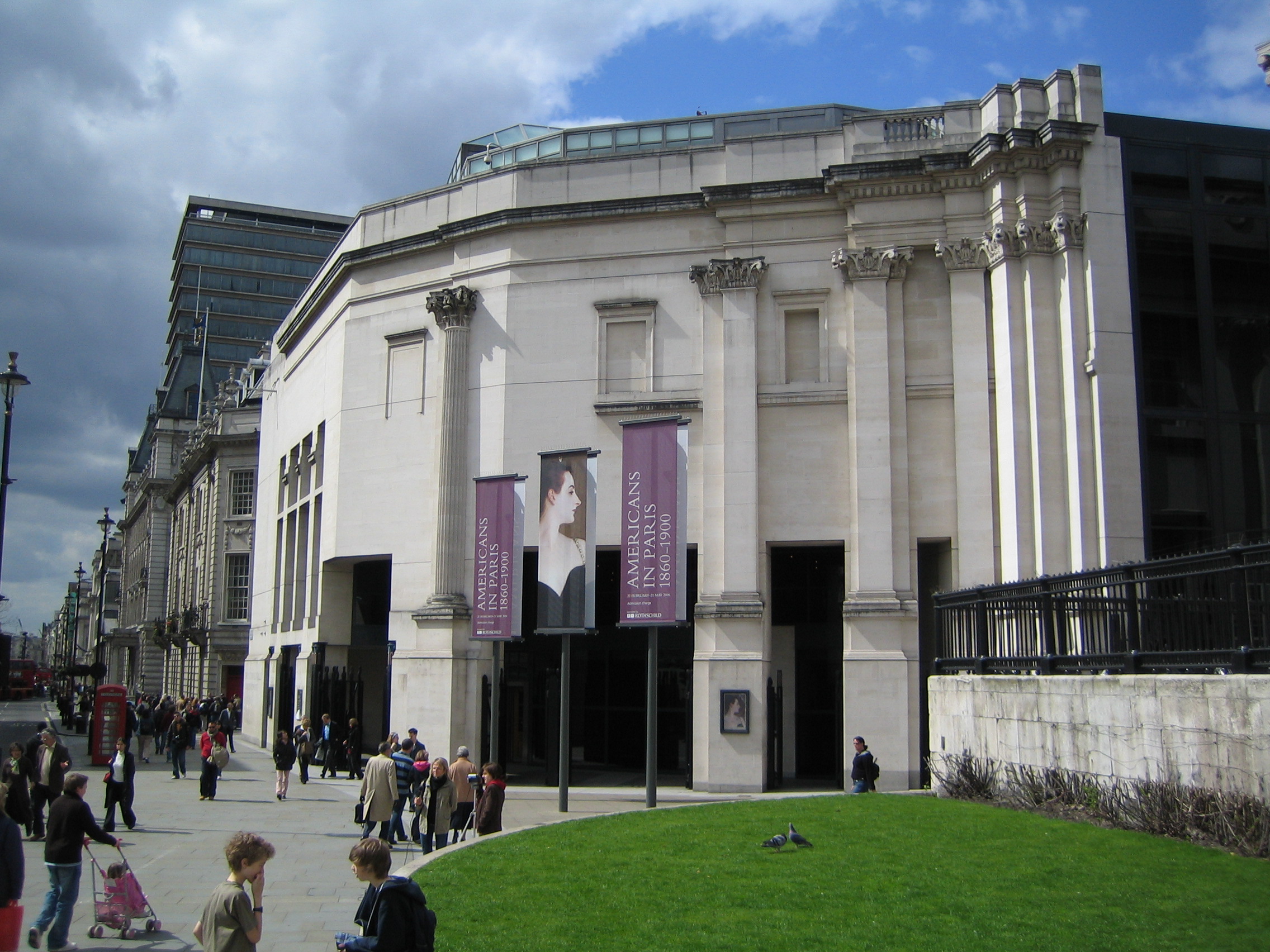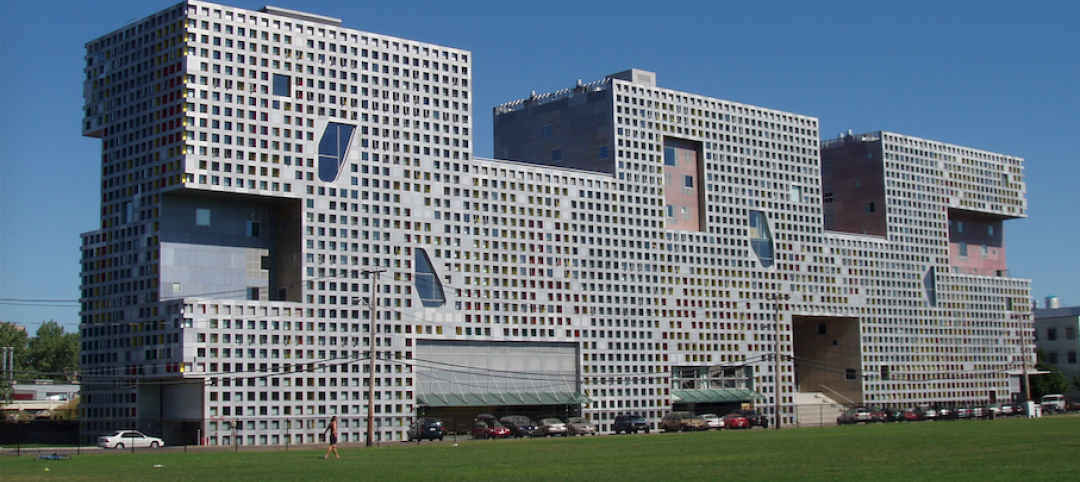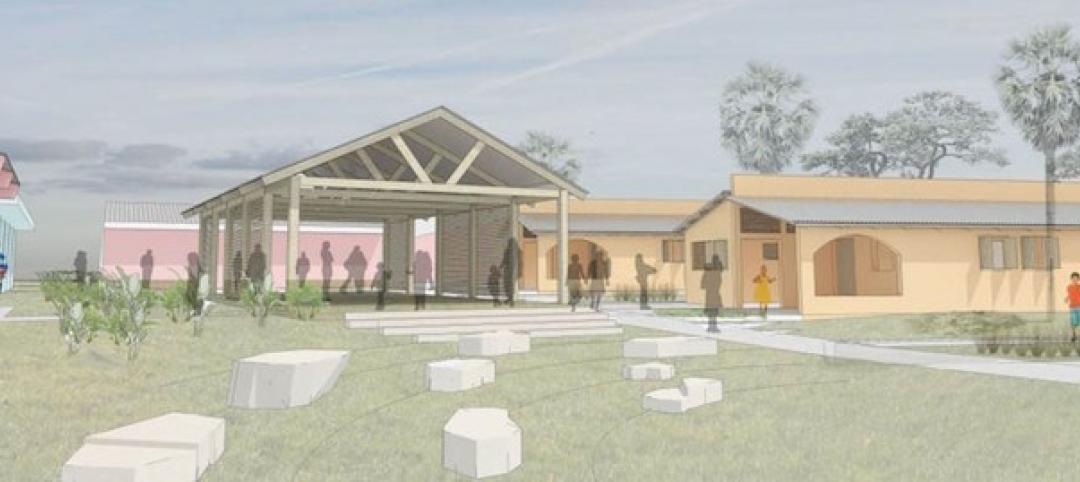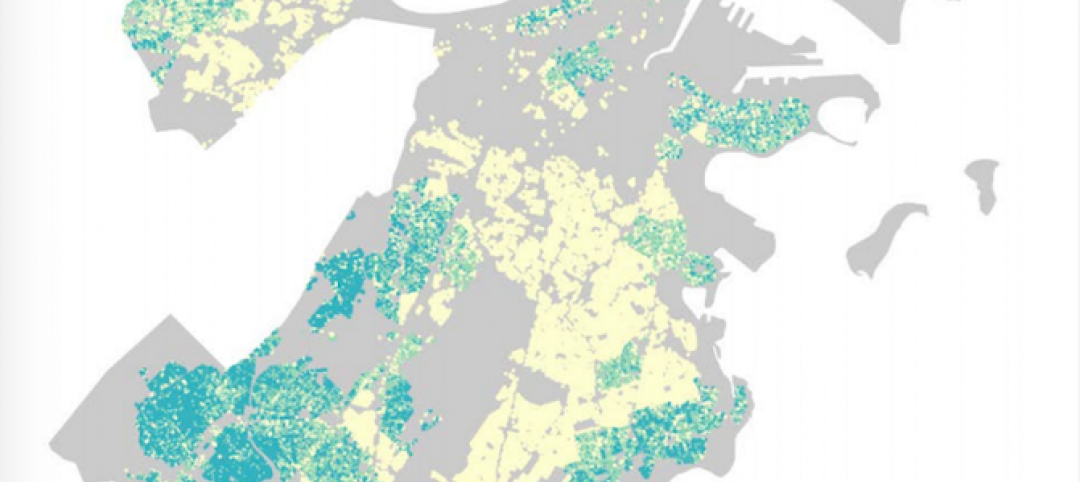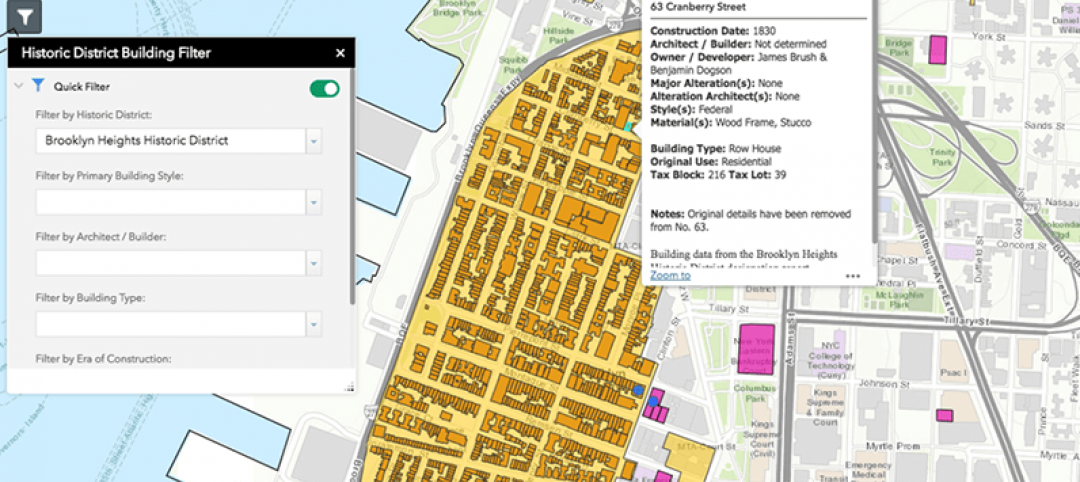Denise Scott Brown, Hon. FAIA, and Robert Venturi, FAIA, were announced the winners of the 2016 AIA Gold Medal Award.
The award, voted on by the AIA’s Board of Directors, is the highest award the association can offer to an architect, and it “acknowledges a significant body of work that has had a lasting influence on the theory and practice of architecture,” according to a statement.
Scott Brown and Venturi, a team that has been married since 1967, have influenced up-and-coming architects over the years through their built work and writings.
Some notable projects that their firm, VSBA Architects and Planners, have worked on are the Museum of Contemporary Art in San Diego, the The Sainsbury Wing of the National Gallery in London, the Provincial Capital Building in Toulouse, France, the Seattle Art Museum, and buildings for several universities, including Brown, Ohio State, and Yale.
Venturi wrote the book Complexity and Contradiction in Architecture in 1966, and worked with Scott Brown and architect Steven Izenour on Learning from Las Vegas in 1972. The pair also wrote Architecture as Signs and Systems: for a Mannerist Time in 2004.
“This recognition will resonate with generations of architects,” 2015 AIA President Elizabeth Chu Richter, FAIA, said in a statement. “What Denise and Bob have done for the profession far exceeds the completion of a great building or two. Through a lifetime of inseparable collaboration, they changed the way we look at buildings and cities. Anything that is great in architecture today has been influenced in one way or another by their work."
The duo has won 17 state and local AIA awards and nine national AIA awards. In 1991, Venturi won the Pritzker Architecture Prize but Scott Brown was excluded; they sought to have Scott Brown honored retroactively in 2013. They will receive the 2016 Gold Medal at the AIA convention in Philadelphia in May.
Related Stories
Architects | Jan 8, 2018
Catherine Selby joins Dattner Architects’ partners group
Selby joins Principals Paul Bauer AIA; Richard Dattner FAIA; Jeff Dugan AIA; Beth Greenberg AIA; Daniel Heuberger AIA, LEED AP; Kirsten Sibilia Assoc. AIA; William Stein FAIA; and John Woelfling AIA, LEED AP in leading the 115-person firm.
Big Data | Jan 5, 2018
In the age of data-driven design, has POE’s time finally come?
At a time when research- and data-based methods are playing a larger role in architecture, there remains a surprisingly scant amount of post-occupancy research. But that’s starting to change.
Multifamily Housing | Jan 4, 2018
Shigeru Ban’s mass timber tower in Vancouver gets city approval
The 232-foot-tall Terrace House luxury condo development will be the tallest hybrid wood structure in North America.
Architects | Jan 4, 2018
Integrated design for children and housing
Homelessness is an issue affecting millions around the globe.
Sponsored | | Jan 3, 2018
4 networking strategies to grow your business
Follow these networking strategies to grow your architectural business with the work that you want.
BD+C University Course | Jan 2, 2018
The art and science of rendering: Visualization that sells architecture [AIA course]
3D artist Ramy Hanna offers guidelines and tricks-of-the-trade to ensure that project artwork is a stunning depiction of the unbuilt space.
Green | Dec 22, 2017
Green builders can use ‘big data’ to make design decisions
More and more, green project teams are relying on publicly available “external datasets” to prioritize sustainable design decisions, says sustainability consultant Adele Houghton.
Reconstruction & Renovation | Dec 21, 2017
Interactive map includes detailed information on historic New York City buildings
The New York City Landmarks Preservation Commission launched a new, enhanced version of its interactive map, Discover NYC Landmarks.
High-rise Construction | Dec 20, 2017
Another record year for high-rise construction
More than 140 skyscrapers were completed across the globe this year, including 15 supertall towers.
Game Changers | Dec 20, 2017
Urban farms can help plant seeds for cities’ growth around them
Urban farms have been impacting cities’ agribusiness—and, on some cases, their redevelopment—for decades.


